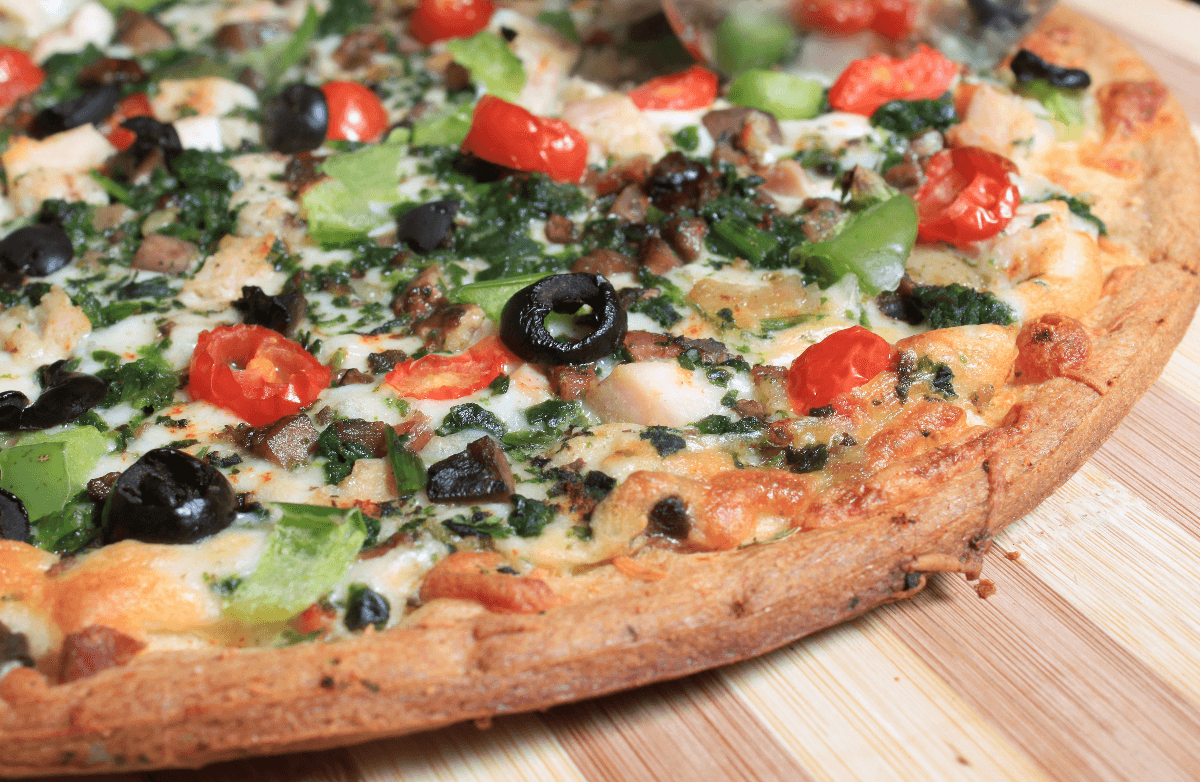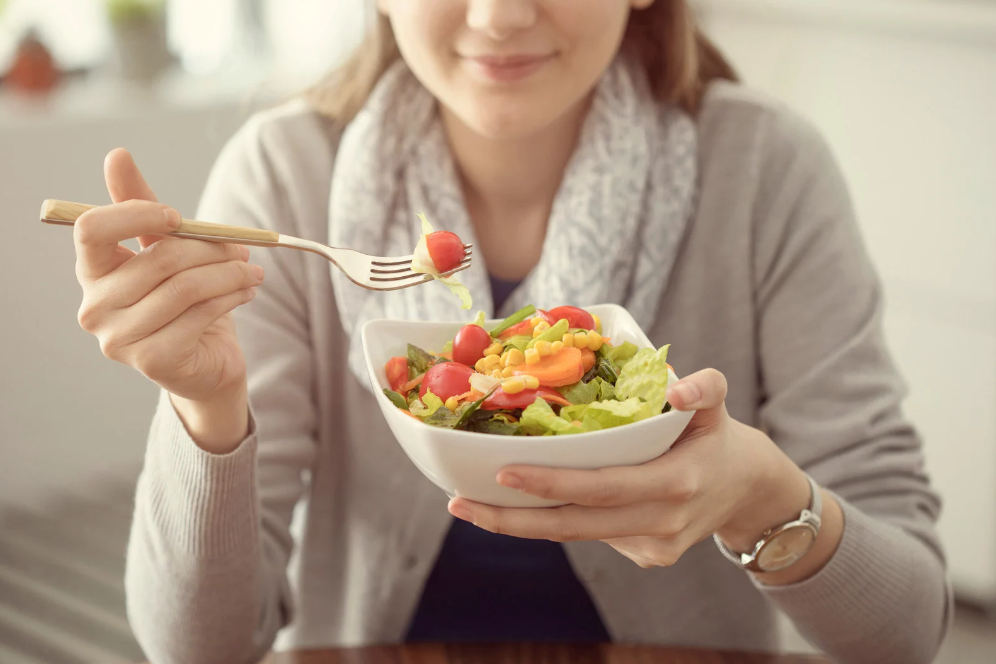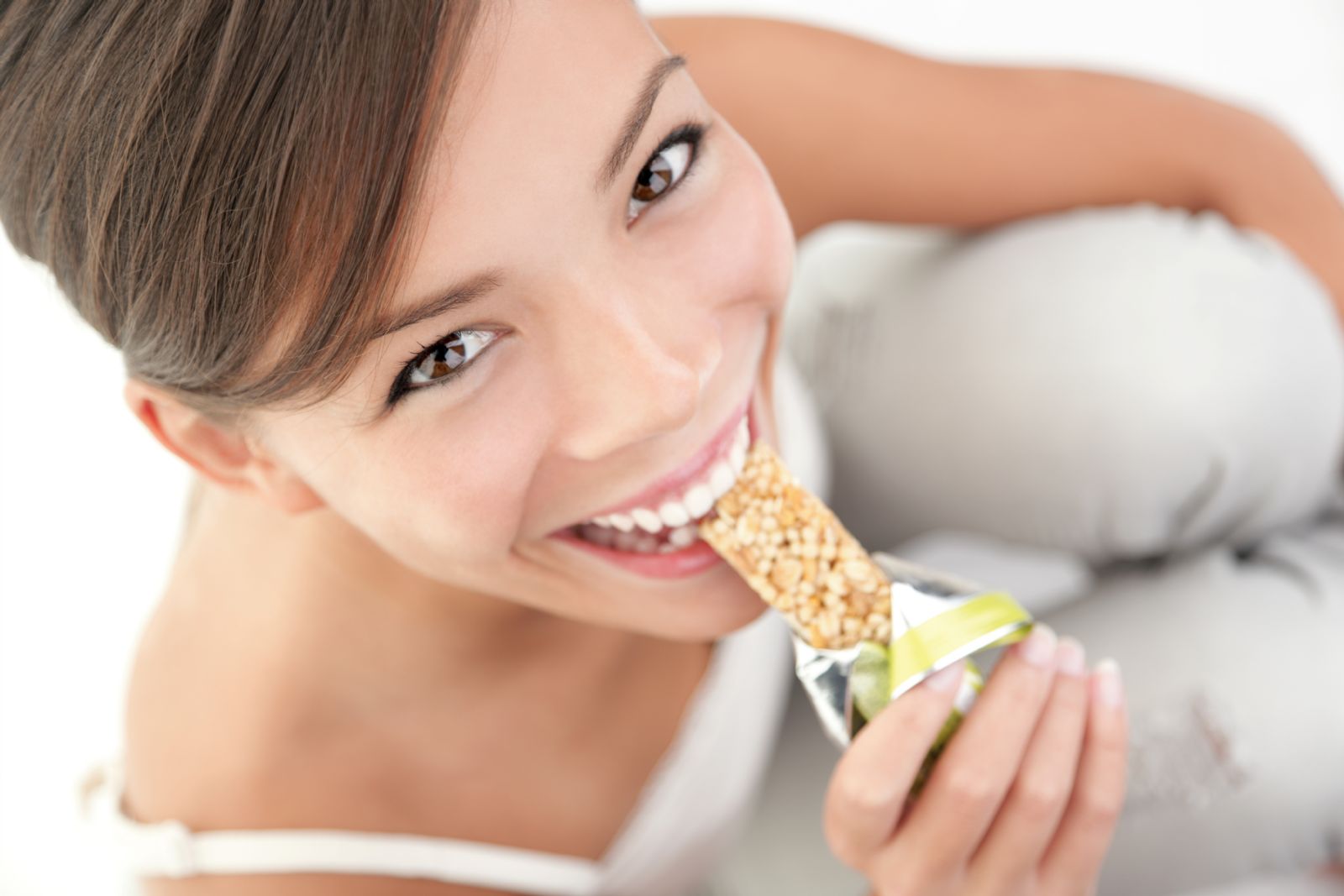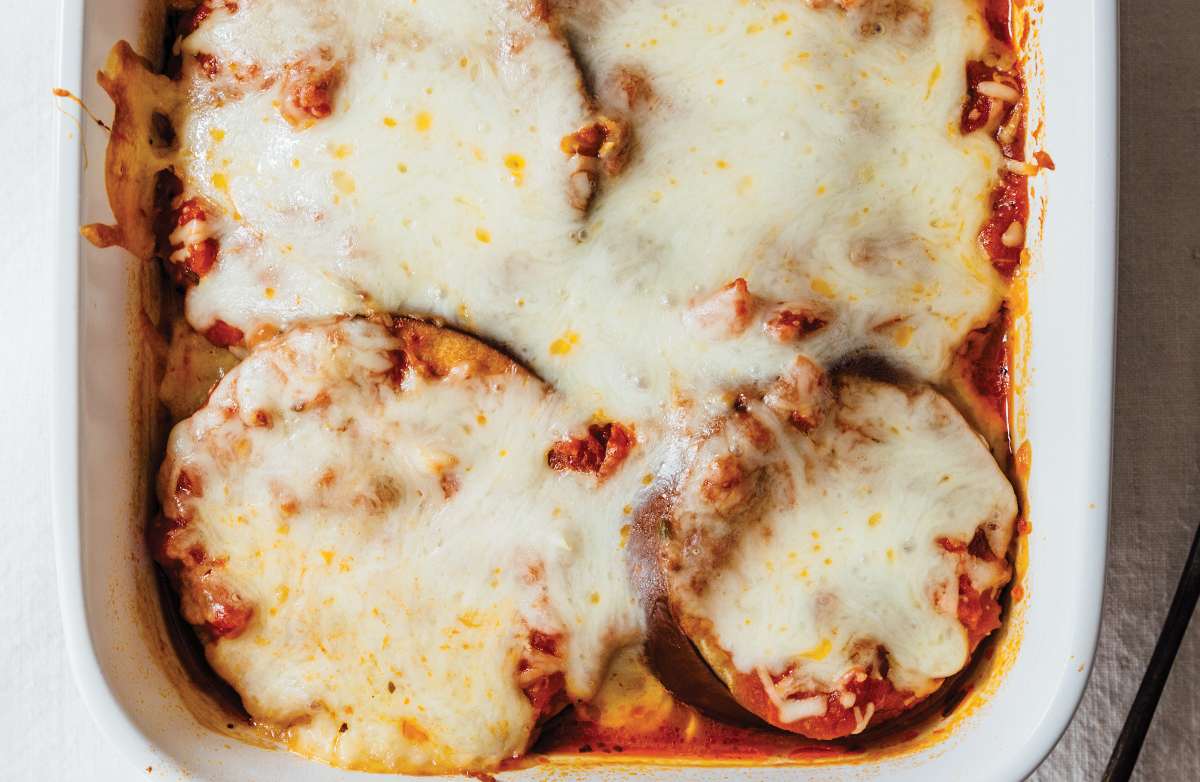Have you walked through the bread aisle lately? What used to be a few shelves of loaves is now a full-length aisle of cellophane-wrapped confusion. It used to be simple to bring home a loaf. Now it requires concentration, patience, and reading glasses! With catch phrases like "cracked," "stone-ground," "fiber", and "whole grain," even when you know a thing or two about nutrition, it’s hard to tell what is what. Some loaves with healthy-sounding names end up being nutritional disasters, while loaves with ho-hum names are terrific for you!
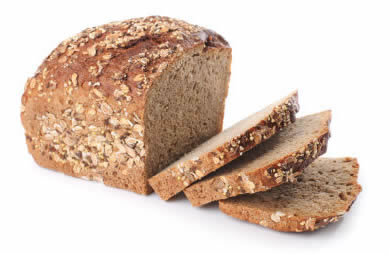
Whether you want to lose weight, eat healthy, or just avoid processed foods with extra-long ingredient lists, you should look for a slice that’s jam-packed with whole grains, fiber, and flavor. To expedite your search, here’s what you need to know.
Know Your Kernel
Before it’s processed, a wheat kernel is a whole grain that contains all three healthy parts of the kernel:
Bran makes up the outer layers of the grain. It contains B vitamins, trace minerals, and dietary fiber. It’s removed when wheat flour is processed (refined and/or bleached) into white flour.
A germ is the part of the plant that sprouts to generate a new plant. It has B vitamins, trace minerals, and some protein. It’s also removed when wheat flour is refined to become white flour.
Endosperm is the inner part of the grain that contains protein and carbohydrates as well as small amounts of vitamins and minerals. This is all that’s left when flour is refined to become white flour.
Don’t Forget: 100%
By law, a food company must list ingredients in descending order based on how much they weigh in the product. This means that the first ingredient is the most prevalent in the product, and so on.
To make sure you are getting 100 percent whole wheat bread, look at the ingredients list—not the front of the package. "Whole-wheat flour" or "100 percent whole wheat flour" should be the first ingredient and the only flour listed. Don’t fall for deceitful terms such as "wheat flour," "unbleached wheat flour," "multigrain," "enriched", or "stone-ground wheat flour." These are just sneaky ways of saying refined white flour.
Understand the "Whole Grain" Claim
The term "whole grain" is used in lots of food ads and on the front of food packages, from bread to crackers to cereals. But whole grain is NOT the same thing as whole wheat. When a label uses the words "whole grain," this is what it means:
The product contains all three portions of the kernel (germ, bran, and endosperm).
The product contains 51 percent whole-grain ingredients (or more) by weight per serving.
The product contains 3 grams of fat (or less), 1 gram of saturated fat (or less), and 20 mg of cholesterol (or less) per serving.
To tell if your bread contains a majority of whole grains, look at the listing of ingredients. "Whole grain" should be a part of the first ingredient, such as: "whole-wheat flour," "whole-grain rye flour", or "whole-grain pumpernickel flour." You can also check for the whole grain seal on the package.
"White Whole Wheat" or "Whole-Grain White" Breads?
Most wheat flour is made from a variety of wheat known as red wheat. White whole-wheat breads are typically made from a variety of albino wheat. White whole-wheat flour is as nutritious as regular whole-wheat flour, but bread made with white wheat flour has a milder taste and texture due to the characteristics of that particular type of wheat. For picky eaters (including kids) who don’t like the taste of regular whole wheat bread, whole-wheat white bread could be a good option. Be sure to read the ingredients label and nutrition facts to make sure you’re getting 100 percent whole-wheat flour—not white flour with some whole grains added.
Fillers and Sweeteners
All you need to make bread is flour, water, yeast, salt, and a little bit of sugar (to activate the yeast). But breads these days have long and complicated ingredient lists. These extra ingredients are usually added to help improve the taste, texture, shelf life, or nutritional profile of the bread so that consumers will find it more appealing. Some fiber-rich additions (like processed oat, cottonseed, pea, or wheat fibers) boost the fiber content. Other manufacturers use additional sweeteners (like sugar, corn syrup, or honey) to make their bread—especially whole wheat ones—taste sweeter. Often, high-fructose corn syrup replaces sugar in many breads to reduce cost and prolong shelf life. And many breads are enriched with vitamins and minerals so that they’ll appear to be more nutritious.
It's up to every individual consumer to decide whether they want a bread that contains corn syrup, preservatives, or other additives. But one thing we could all do is look for breads that have shorter ingredient lists and recognizable ingredients in general.
What to Look for on the Label
Besides ingredients, here are some guidelines for picking a loaf that is healthy and nutritious loaf. Look for these Nutrition Facts:
Calories: 100 or fewer per slice
Fiber: 2 grams or more per slice
Sodium: 225 mg or less per slice
100 percent whole wheat flour as the first ingredient




